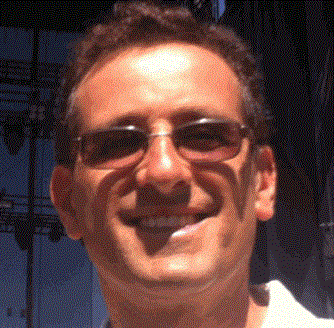2.5: Partial Fractions
( \newcommand{\kernel}{\mathrm{null}\,}\)
The Fundamental Theorem of Algebra
The fundamental theorem of algebra states that if
or
Consider the rational function
We want to write it in the form
To do this we need to solve for
we have
Now let
Now let
Hence we can write
This is called the partial fraction decomposition of
Find the Partial Fraction Decomposition of
We write
Multiplying by the common denominator, we have
Let
Let
We have
Now look at the highest degree coefficient:
Dividing by
We conclude that
Evaluate
Solution
We write
Multiplying by the common denominator, we have
Let
Hence
So that
We see that
Hence
It has been said that the total population of South Lake Tahoe should never exceed 30,000 people. If in 1980 the population was 15,000 and in 2000 it was 20,000, when will the population reach 25,000?
Solution
We make the assumption that the rate of increase of the population is proportional to the product of the current population and 30,000 minus the current population. That is:
This is a separable differential equation. Separating gives
Now integrate both sides. The right hand side is
To integrate the right hand side, use partial fractions:
Multiplying by the common denominator:
Now integrate to get
or
When
When
or
hence
Finally
or
The population will reach 2500 in the year 2026.
Find:
Contributors and Attributions
- Larry Green (Lake Tahoe Community College)
Integrated by Justin Marshall.


